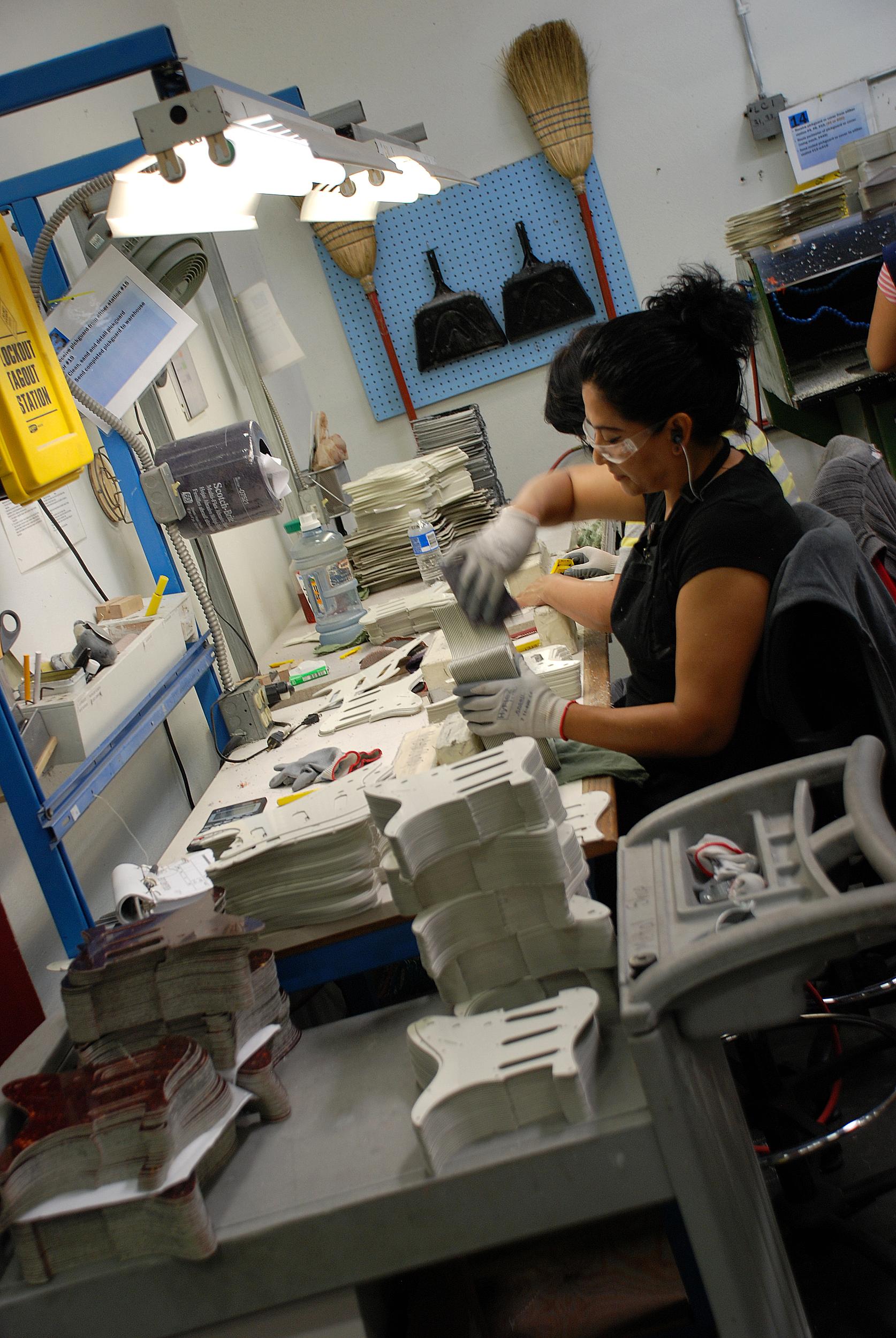I am not an ‘unplug’ person. I like being plugged in.” —Rachel Sklar
As a leader, how much of your time is spent on autopilot? You may have the title, you may even have the big corner office but, if you are leading in autopilot mode, you are no leader. So, how do snap out of the autopilot habit? You have to start plugging in as a leader. Here are four questions that you need to answer, not just when hiring, not once a year, not even once a week but, every single day.
Who are they?
You need to really plug into your employees. Not just on a professional level, but on a personal level. Who are they? What is their family like? What are their hobbies? This doesn’t mean you become your employees’ best friend. What it does mean is that you get to know them, show interest in them as individuals, and show that you care about them and their lives.
What do they know?
You need to plug into your employees’ knowledge. Each of your employees brings with them a specific set of skills and a unique collection of experiences. What do they know? When you know what your employees bring to the table, you know how they can best benefit the organization and, you also know how you can best benefit them.
What do they want?
You need to plug into what your employees want. What are their goals? What are they passionate about? When you know what they want, not only can you earn their trust and loyalty by helping them achieve their goals, you are in a better position to motivate and inspire them. When you help your employees achieve the things they want, you give them meaning and the satisfaction of being part of something important.
What do they need?
You need to plug into the needs of your employees. Employees are more effective, more productive, and more dedicated when their needs are met in the workplace. Do they need additional training? Are they lacking necessary resources? What type of work environment do they need in order to give their best effort? When you meet the needs of your employees, their performance will rise to a whole new level.
Plug In
You can’t lead effectively if you go through your day operating on autopilot. Break the autopilot cycle by plugging in. Who are your employees? What do they know? What do they want? What do they need? These are the questions that you need to answer on a daily basis. When you know the answers, you can truly start leading.
© 2016 Elizabeth Stincelli
Liz Stincelli is passionate about recognizing and inspiring the leader in each of us. She is the Founder of Stincelli Advisors where she focuses on helping organizations engage employees and improve organizational culture. Liz holds a Doctor of Management degree with an emphasis on organizational leadership.
Learn more about Liz by visiting her website, stincelliadvisors.com and connect with her on Twitter @infinitestin, Google+, and LinkedIn. You can contact her by email at stincelliadvisors@gmail.com.









